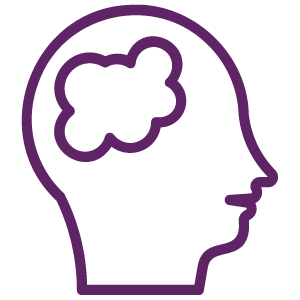
Students who complete a topic in our SEL summer program, Summer Fun on Wheels, will earn a $25 gift card! Enrollment will remain open until 8/15/25, and we highly recommend participating this summer!
Welcome to the School on Wheels Social and Emotional Learning (SEL) Program! We hope you and your student enjoy these activities as you get to know each other (or know each other better)!
Our SEL Program is designed to provide you with fun activities using a combination of SEL and traditional academics like English Language Arts. Activity packets are designed to be completed in three tutoring sessions and adaptable to all grade levels.
Along with learning about each other, our SEL activities include strategies that can help us calm down, focus, or cope with nerves before a big test. As you complete these activities, make note of any parts that are especially fun or feel helpful so you can practice more during future tutoring sessions!
To navigate the program follow these steps:
Step 1: During your next tutoring session, spend time together exploring the social and emotional traits and accompanying activities to choose the one you will want to work on together.
Step 2: Fill out the enrollment form to choose your SEL trait.
Step 3: Check your email for a message from SEL@schoolonwheels.org with a link to your set of activities.
Step 4: Complete the activities over your next 3 tutoring sessions.
Step 5: Fill out the completion form at the end of your selected activities. You are welcome to come back to this page to sign up for a new trait after that!


Curiosity
Curiosity is the desire to learn. It is an eagerness to explore, discover and figure things out. Choose this trait if you are ready to grow and explore!

Growth Mindset
People with a growth mindset understand that we learn through hard work and help from others. Ready to view challenges with enthusiasm? This is the packet for you!

Creativity
Creative students are conscientious, open to new experiences and can think of new ways to approach problems or challenges. There are infinite ways to express your creativity… choose this packet if you’d like to try a few!
